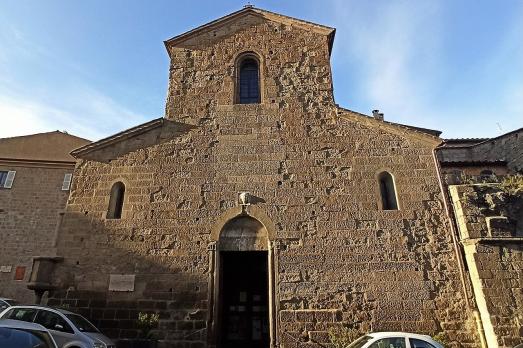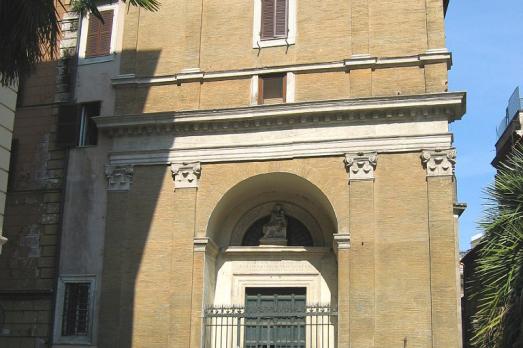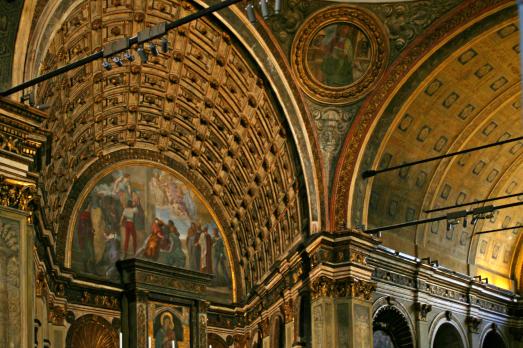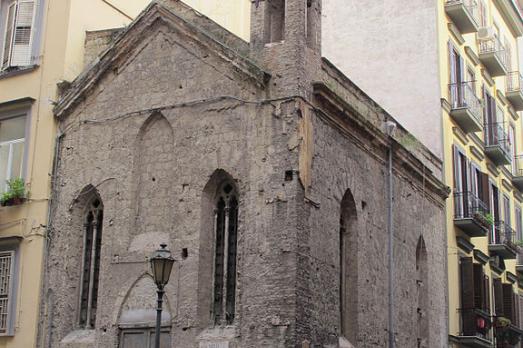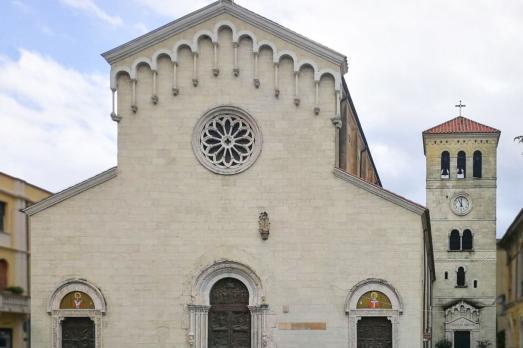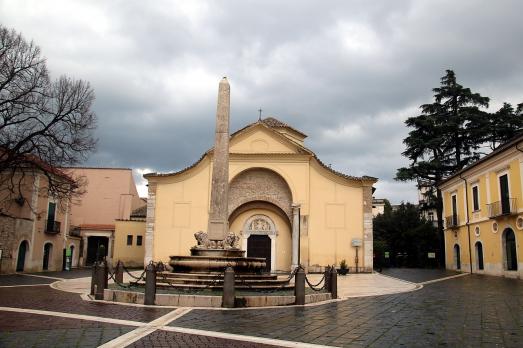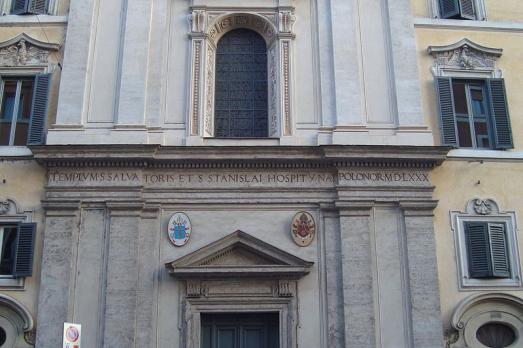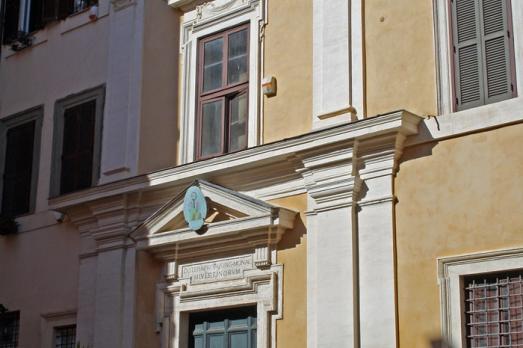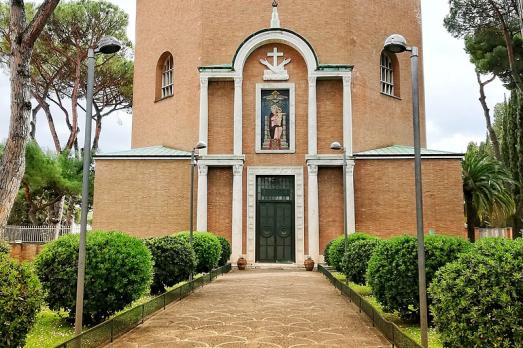
Chiesa di Santa Maria Mediatrice
Roma, IT
The church of Santa Maria Mediatrice was designed by the architect Giovanni Muzio between 1942 and 1950. The exterior is made of brick with travertine elements, which frame the entrance portal in a double order of columns. The interior is composed of two naves, one in front of the other. The interior of the dome is covered with mosaics, the work of Giorgio Quaroni, Adriano Alessandrini and Ugo Chyurlia.
